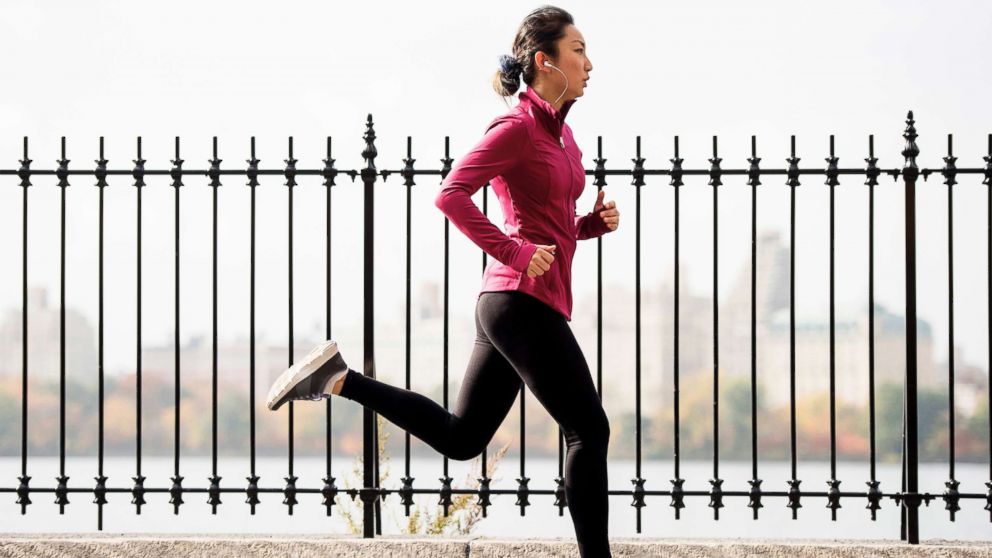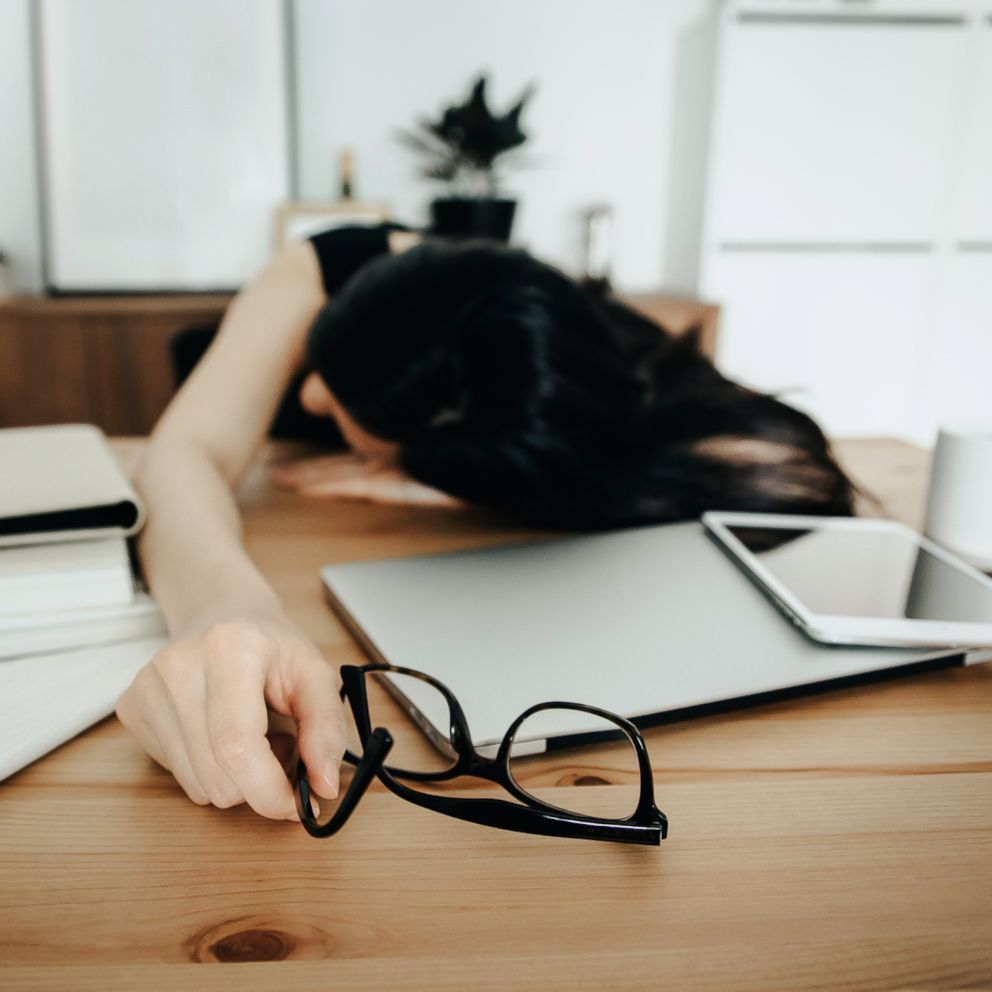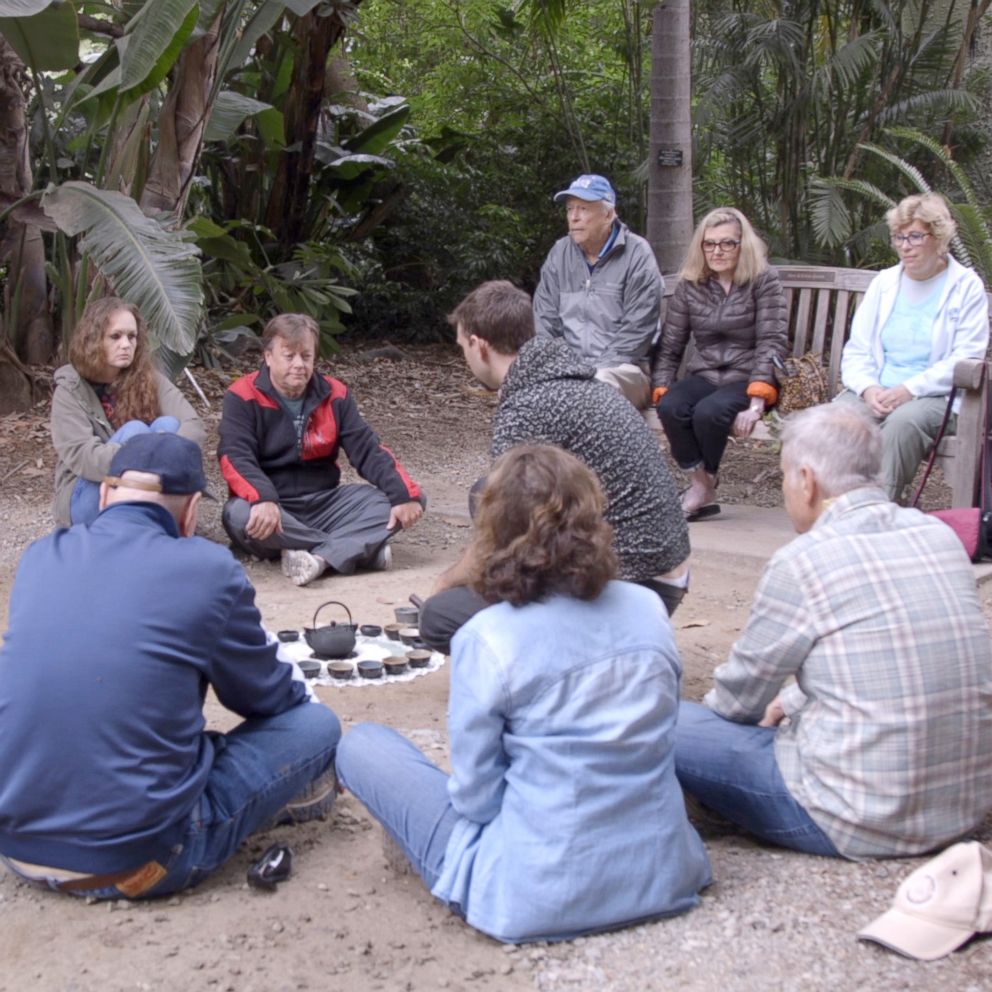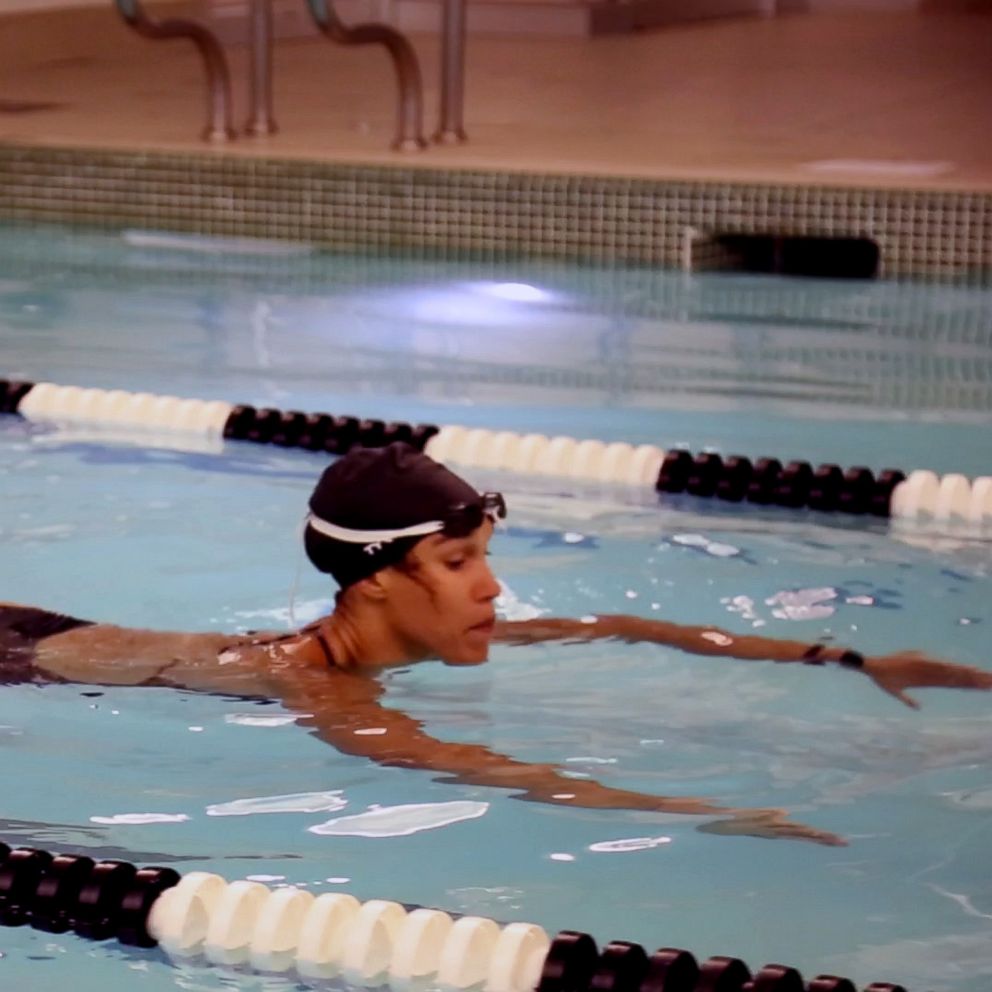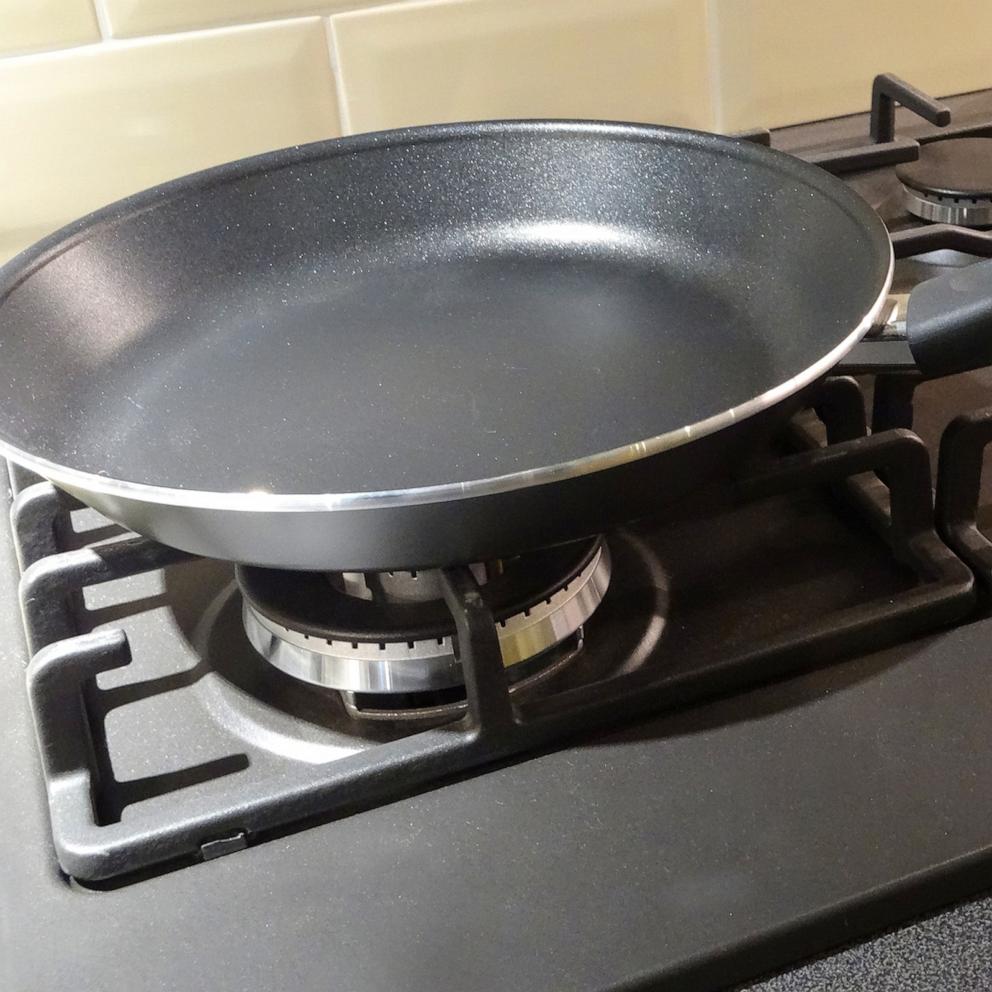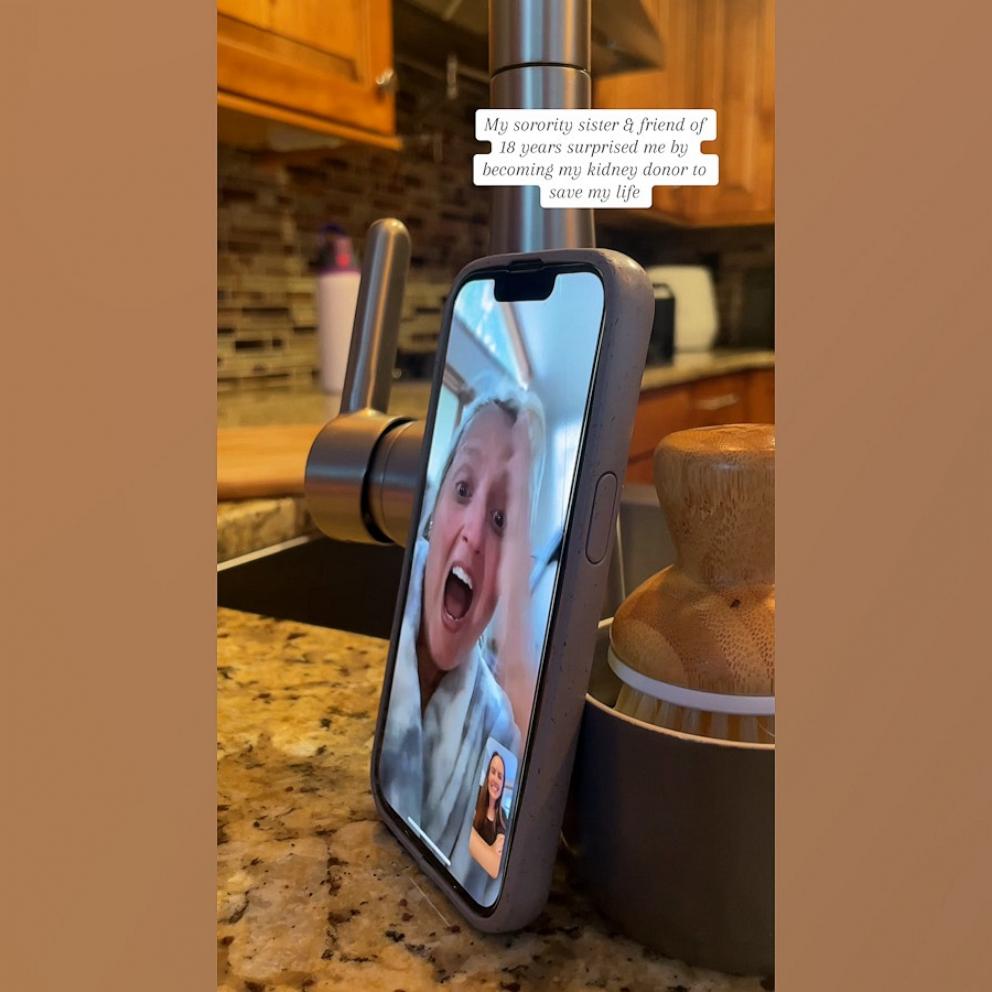How to run without pain: 7 tips to try

Running can make your lungs sting or your muscles burn -- but that is good pain.
The problem is bad pain, which causes potentially millions of runners to quit the sport because of searing, aching pain in their joints.
Dr. Kevin Stone, a San Francisco-based orthopedic surgeon, says you shouldn’t ignore that pain.
“Pain is a red flag, telling you you’re doing something wrong to your joint or to your muscles," he told "GMA." "Running through pain is causing damage.”
Here are Stone's seven tips for being able to run without pain.

1. Shorten your stride, increase your cadence
While this sounds like “run faster,” this isn’t about speed. Think Fred Flintstone or a log roller.
Shortening your stride keeps your body centered over your legs more and distributes force more evenly on the foot and joints.
“When you land on your toe on a shorter stride, you have the time to absorb force through your arch and push off," Stone said. "When you lengthen your stride out, you’re landing hard and quickly…you’re no longer absorbing through your arch.”
2. Diversify surfaces
Running exclusively on pavement or exclusively on sand can cause injury. Run on trails, sand, sidewalks and grass and even run barefoot occasionally on grass or the beach, suggests Stone.
"It strengthens the small muscles on the foot and improves the ability of the foot to absorb force when you land," he explained.
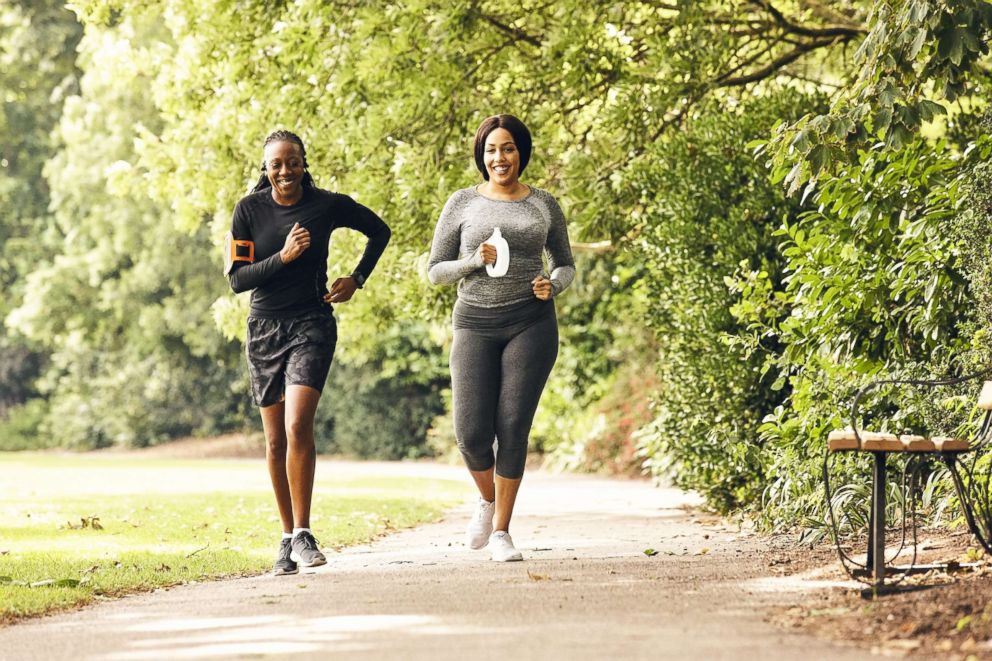
3. Be a detective about what is causing pain
Did you get new shoes and then your heel started hurting? Did you add fancy personalized insoles to your gear but then your back aches after a run? Stone says you have to determine if you are doing something wrong in your technique or your gear isn’t right or if there is something structurally wrong. An orthopedist, a gait analysis or a running coach could help with that.
4. Run uphill, walk downhill
Runners with structural joint problems like worn down knee cartilage can lighten the load on the joint itself by running up hill. More of the load is placed on the muscles of the leg and less force is applied to the joint itself. Conversely, running downhill puts a tremendous amount of force on joints so walking down is necessary to protect the joint.
Even better, Dr. Stone advises: “Run up the ski hill and take the chairlift down.”
5. Relearn how to stretch
As we age our tendons and muscles can tighten. Stretching becomes crucial for keeping the joint working at its full range of motion.
Stone explains that when our soft tissues lock up we use a smaller percentage of our joint’s full range of motion and put more wear and tear on its usable surfaces. So while we know we need to stretch, it's not what it used to be.
Since most of us learned to stretch in junior high school basketball or a physical education class, there have been a lot of advancements in stretching, so Dr. Stone recommends a stretching coach. This can be a massage therapist, physical therapist or even a one-on-one session with a yoga teacher.

6. Get off the treadmill
If you are already experiencing pain, Stone says to get off the treadmill, take out the earbuds and tune into your body. Running should be a mental release as well as a physical release and treadmill running while watching TV can disassociate the body from the mind. In cases of injury, being attuned to the subtle signals our bodies are sending is a key to health.
7. Seek support
Muscular strength, good posture and hydrated bodies also contribute to pain-free bodies, according to Stone. Getting support from a physical therapist may be needed for many who want to banish pain and resume running.
